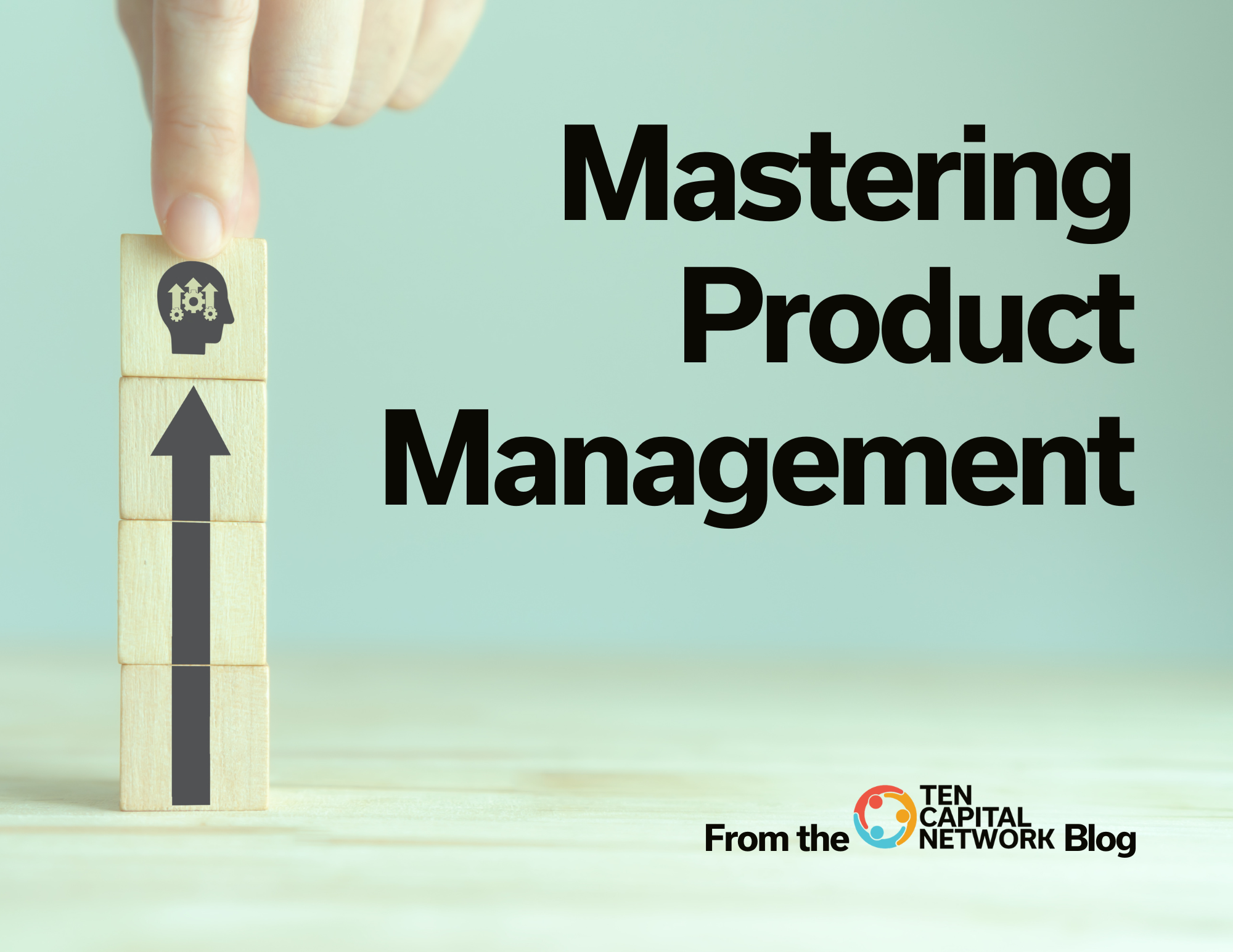2 min read Are you considering starting a round of funding for your startup? If this is your first time running a raise, you likely have a lot of questions.
In this Fundraising 101 guide, we will share when you should consider starting a round of funding, what type of funding to consider going after, how to prepare, and how long it will take. Read below to better understand the basics of fundraising for your startup.
When to Raise Funding
Most founders go out for a fundraise prematurely because they need money, not because they are ready for fundraising. Consider the following to understand when it is best to raise funding:
- Do you have a compelling idea that you can articulate?
- Do you have a validated customer, market, and product lined up?
- Are your investor documents prepared? Your pitch deck will change over time, but it always needs to show the core product, team, and fundraise.
- Can you demonstrate the product, even at an early stage?
- Can you show customer interest through engagement as well as revenue?
- Have you spoken with some investors to identify what risks they see in the deal? Do you know how you can mitigate those risks?
Only after completing the above preparations should you consider launching your fundraise. You can then successfully engage investors with your deal, and remember to never show up to an investor meeting empty-handed. Always have some customer engagement to discuss.
Types of Funding
Before choosing a type of funding, consider the following:
- Investigate every kind of funding and think about where it may fit into your overall funding plan. It’s most likely that you will use two or three types of funding over the life of your business.
- To understand the type of funding you should look for, ask: “How will you pay the investor back?” For example, if you plan to pay back when you sell the business, equity funding should be considered. On the other hand, if you plan to pay back out of the company’s cash flow, then debt funding is a better choice.
- If you have a consumer-facing product, consider crowdfunding which offers both debt and equity options.
- Break your funding down into parts, and consider using more than one type of funding for your business.
How to Prepare for a Raise
Before launching your fundraise campaign, prepare your business, complete your investor documents, and build your investor network.
Preparing your business is the first step in preparing for a raise. The preparation consists of checking in with your team, the board, and both potential and current investors to gain alignment- your fundraise launch should not come as a surprise to them.
Next, complete your investor documents, including a pitch deck, financial proforma, and diligence room.
Your financial proforma should lay out how much you should raise and what you will do with it. If you’re unsure how to set this up, write down your current revenue and the revenue you predict to have in the next 24-36 months. From this, you can extract how much funding you will need to raise and how many people you’ll need to hire. Finally, your pitch deck should tell the story of how your business makes money and why it will succeed.
Finally, build your investor network. Make a list of investors to contact, including existing investors. Setup a few initial meetings and tell the prospective investor you plan to launch a fundraise in three months. This removes the pressure from the investor and often elicits feedback on how much to raise, how to structure the deal, and more.
What Are Fundraising Differences by Stage
In raising funding over the life of the startup, you’ll find there are differences in the fundraise at each stage.
The goal at the Seed stage is to show you can sell the product. At this stage, the investors will look primarily at the team since there’s little product or revenue. However, you will still need to show a working prototype and initial customer validation. Finally, you must convince the investor that customers will pay for the product and use it.
At the Series A stage, the goal is to show you can grow the business. At this stage, you need to establish a repeatable and predictable process for acquiring the customer, delivering the service, and retaining them. Show a sales funnel with prospects tracking through the process of turning into customers.
At the Series B stage, the goal is to show you can scale the business. You need to show you have growth drivers built into the business that scales the company in this stage. This includes systems that can drive scale growth, such as a partner network, sales force capability, and expanding into new markets with the same platform.
At each stage, the pitch deck will need to reflect the goal for the fundraise and show what the business is doing to achieve it.
Fundraising Timeline
As a rule of thumb, for every $1M of funding you want to raise as an early-stage startup, you should expect one calendar year to grow it. This includes time to prepare the company, the investor documents, the pitch, and contacting, pitching, and following up with investors.
It’s best to have your pitch deck and financial projections prepared before the fundraise, as well as a primary data room with the essential documents investors expect. This shows you have the fundraise well organized.
Investors have their diligence process and are remarkably busy, so you have to work through their schedule. Fundraising should be a full-time job for the CEO, with support from the team for document preparation.
The first few investors are the most difficult as no investor wants to go first. Therefore, this stage takes the most time. Once you reach 50% of your fundraise goal, you can estimate the remainder of the raise will take about 30% less time than the first half of the raise. The process may run faster if you have run a startup before, especially if you have had an exit.
Feel free to try out our calculators and contact us if you would like to discuss your fundraise: https://www.startupfundingespresso.com/calculators/

Hall T. Martin is the founder and CEO of the TEN Capital Network. TEN Capital has been connecting startups with investors for over ten years. You can connect with Hall about fundraising, business growth, and emerging technologies via LinkedIn or email: hallmartin@tencapital.group





